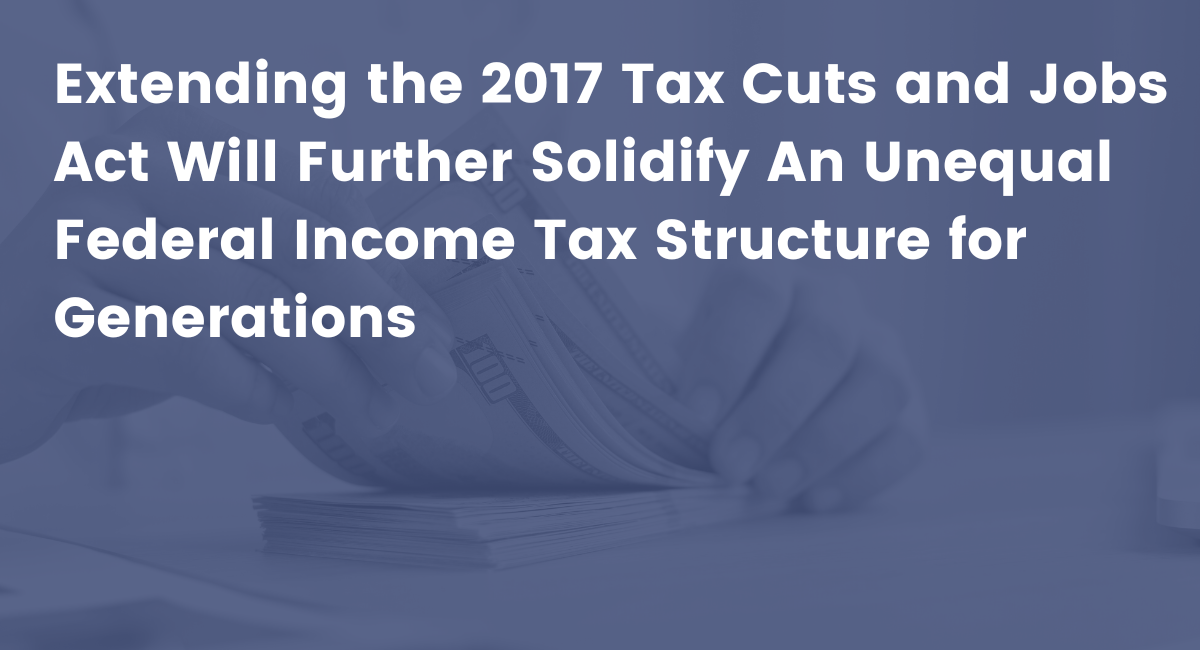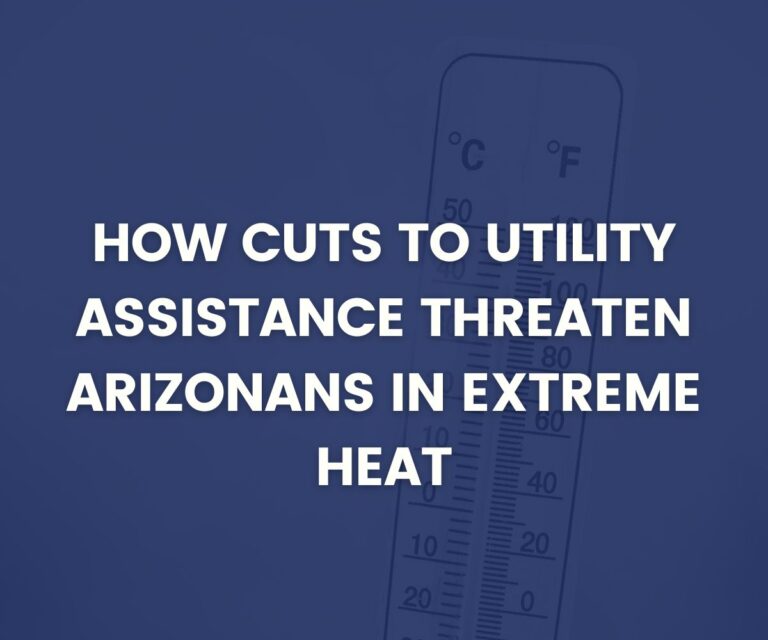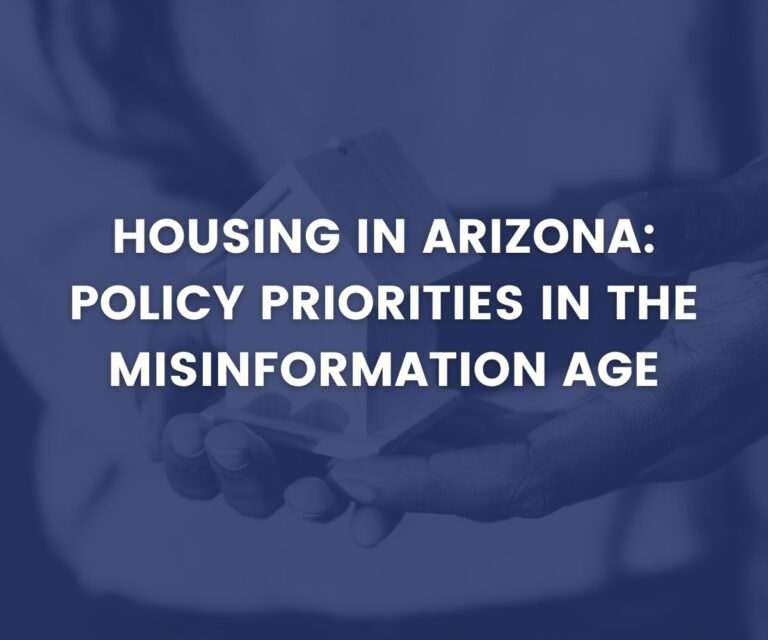
Extending the 2017 Tax Cuts and Jobs Act Will Further Solidify An Unequal Federal Income Tax Structure for Generations
A new report from the Institute on Taxation and Economic Policy (ITEP) predicts that making permanent the temporary provisions of the 2017 Tax Cuts and Jobs Act (TCJA) will cost nearly $290 billion in 2026. H.R. 976, the TCJA Permanency Act, would permanently enshrine the portions of the TCJA that were set to expire in 2025. In Arizona, the top one percent of earners would expect to receive nearly $42,000 in tax breaks in 2026 as a result of the tax breaks in H.R. 976 and the original TCJA, while the bottom 20 percent of Arizona wage earners would pay an additional $10 in taxes. Nationwide, the top one percent can expect to receive nearly $38,000 in tax breaks on average in 2026 while the bottom 20 percent will pay $110 in new taxes.
Existing Permanent Provisions of the TCJA Already Give Largest Tax Breaks to Highest Earners
The permanent provisions of the TCJA unaffected by the legislation will provide over $12,000 on average in tax cuts to the top one percent of American earners in 2026 while raising taxes by an average of $210 on the lowest 20 percent.
ITEP predicts the law will produce a similar outcome in Arizona. See Table 1 above, where a positive number indicates a tax increase and a negative number notes a tax decrease. On average, the permanent provisions of the TCJA will provide the top one percent of Arizonans over $7,200 in tax breaks in 2026 while actually costing the bottom 20 percent of Arizona wage earners $70. The second 20 percent of earners will see a tax increase of $150 and the third 20 percent a $850 tax increase on average.
Effects of H.R. 976 in Arizona
Looking at the effects of H.R. 976 in Arizona alone, the top one percent of Arizona earners would see their taxes decline by nearly $35,000 in 2026 while the bottom 20 percent would only see their taxes decrease by $60. See Table 2 below. The second and third 20 percent of earners expect to see their taxes decline by $240 and $880, respectively. In other words, the top one percent could afford to buy a mid-tier car with their tax break from the bill while working families might be able to afford four full-priced movie tickets, not counting drinks or snacks. However, this does not take into account the permanent provisions of the TCJA mentioned above that led to a net tax increase for families who have lower incomes.
Combination of H.R. 976 and TCJA
When examining the changes made under H.R. 976 and the TCJA provisions that are slated to expire in 2025 in tandem, the end result is that the bottom 20 percent of American wage earners would still pay an average of $110 in additional taxes in 2026 compared to reducing taxes by an average of nearly $38,000 for the top one percent.
In Arizona, the effect mirrors this trend. See Table 3 above. Arizonans who make up the bottom 20 percent of earners would see their taxes increase by $10 on average. Meanwhile, the top one percent can expect to avoid almost $42,000 on average in federal income tax. The second 20 percent of earners would expect a small tax reduction of $90 and the third 20 percent an even smaller decrease of $30. This amounts to a massive handout from the federal government to individuals who do not need it. Again, the wealthy will be able to purchase a car with their tax break while working families will face the cash equivalent of the federal government withholding a few gallons of gas the next time they fill up their car.
H.R. 976 and Speaker McCarthy’s Debt Limit Gambit Are the Wrong Approach to Fiscal Issues
This proposal to engrain the temporary elements of the TJCA into the federal tax code in perpetuity will bring a lion’s share of benefits to the wealthiest Americans and few, if any, benefits to families with low incomes. These types of tax breaks threaten funding for a variety of important programs from cancer research to drought mitigation.
This is not the only proposal being considered by Congress that would harm the federal budget. Congress must raise the national debt ceiling periodically in order to continue paying our country’s bills. Failure to do so by June 1 could threaten the nation’s economy. Speaker McCarthy has vowed to only raise the debt ceiling in exchange for drastic cuts for most federal agencies and programs. Under McCarthy’s bill, H.R. 2811, nearly one million Americans would lose access to nutrition support¹ and over 10 million would lose access to health insurance coverage.² Meanwhile, if Congress cannot pass a bill to raise the debt ceiling, over 944,000 Arizonans risk missing their Social Security check, which would cost Arizona seniors over $24 million.³
Rather than cutting taxes for wealthy Americans and reducing supports for crucial safety-net programs, Congress should consider proposals to require all Americans to pay their fair share. As inflation remains a challenge, new tax revenue would help existing programs, such as the Supplemental Nutrition Assistance Program (formerly known as food stamps) keep pace with increased costs.
See ITEP’s report here for further information that explains H.R. 976’s effects on our national budget and earners in every U.S. state. For additional analysis of H.R. 2811, visit the Center on Budget and Policy Priorities’ website.
¹Rosenbaum, 2023. https://www.cbpp.org/blog/speaker-mccarthys-snap-proposal-would-take-food-away-from-older-adults-for-not-meeting-work
²Lukens, 2023. https://www.cbpp.org/research/health/mccarthy-medicaid-proposal-puts-millions-of-people-in-expansion-states-at-risk-of
³ Moller, Kendall, McSwigan, 2023. https://www.thirdway.org/graphic/the-high-costs-of-default-for-americans-in-every-state-and-district.



